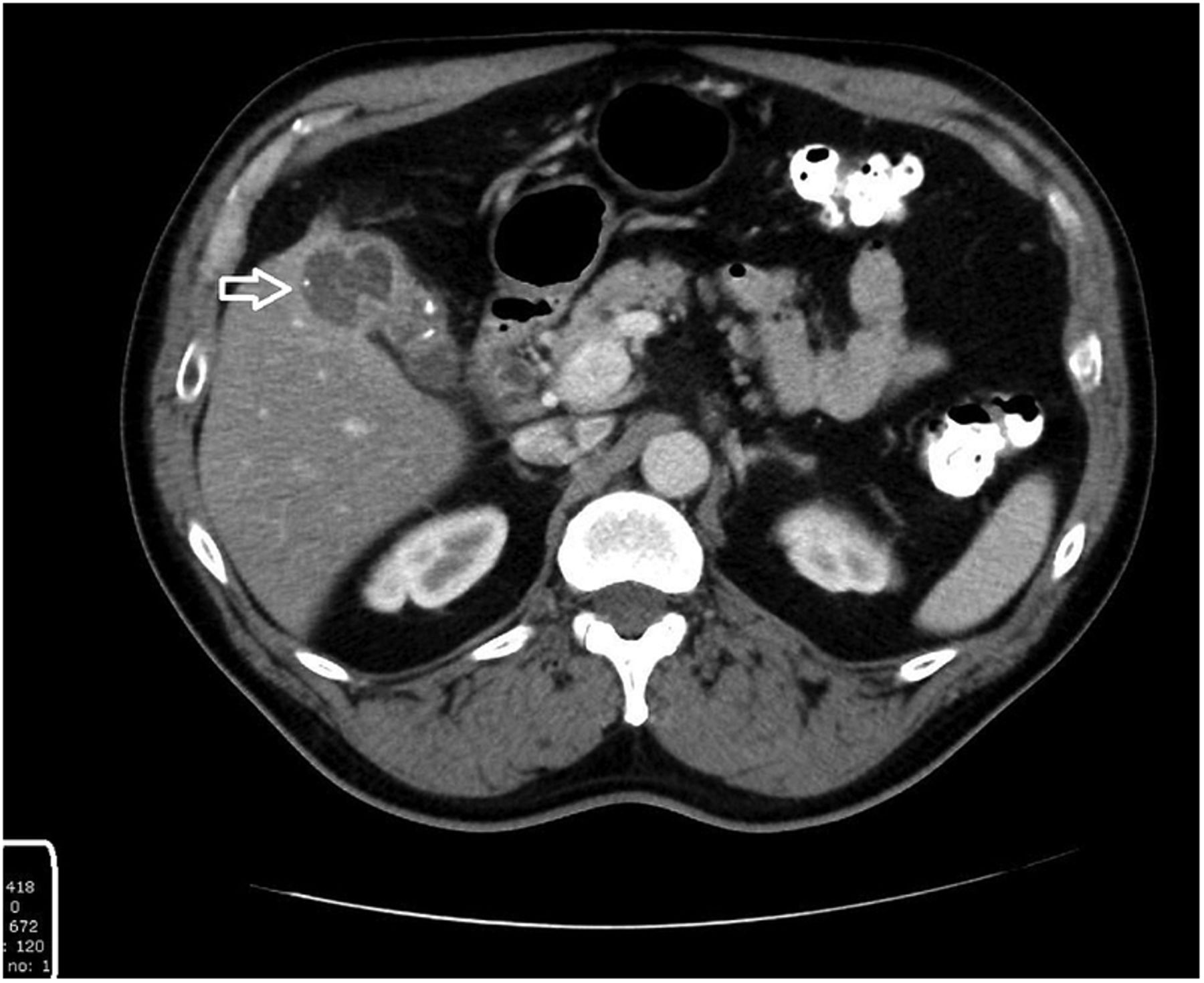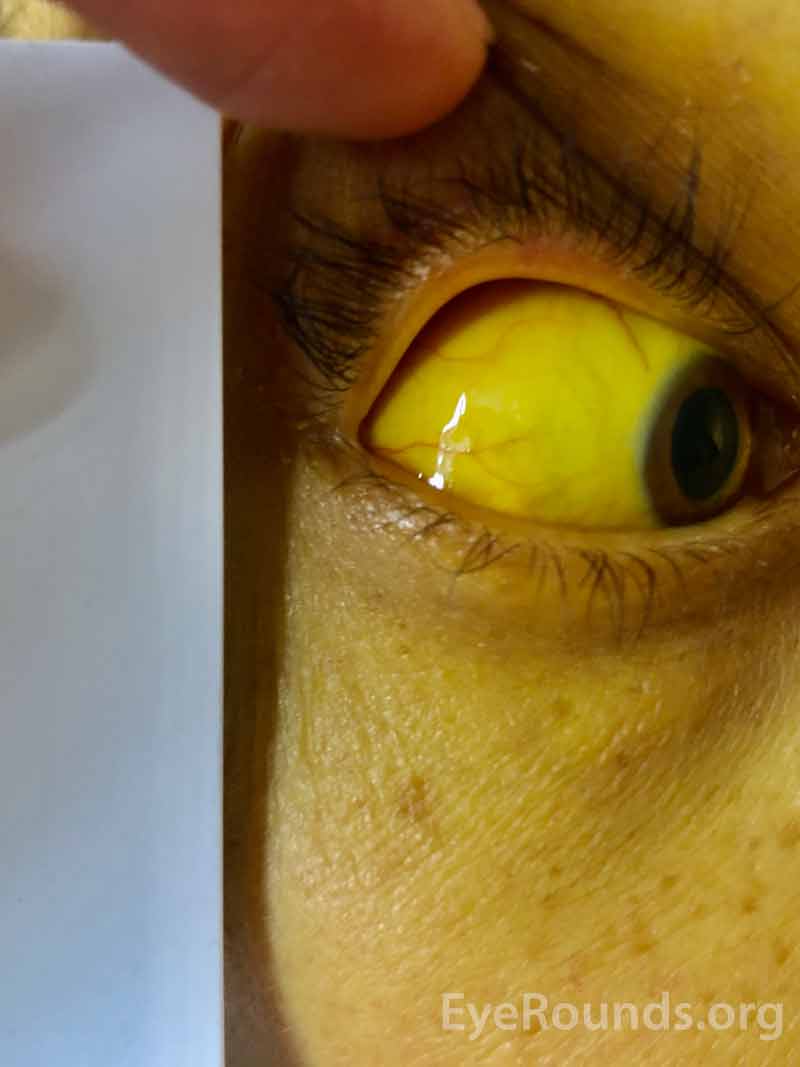

Hepatitis B is most often transmitted by bodily fluids (blood or semen), via unprotected sexual contact or contaminated needles as in intravenous drug use, or very rarely via blood products. What Are the Risk Factors for Hepatitis B Compared to Other Types of Viral Hepatitis? A thorough history and assessment of risk factors can help to determine which of the viral hepatitis types is most likely involved.

When ALT is higher than AST, viral hepatitis is favored. These patients will also likely have a history of chronic alcohol use. Classically, AST is significantly higher than ALT in the setting of alcoholic hepatitis. When AST and ALT are highly elevated, particularly when disproportionately elevated compared to alkaline phosphatase, acute hepatitis must be strongly considered in the differential diagnosis. Elevated total bilirubin may indicate hemolysis or liver dysfunction (impaired metabolism of bilirubin). A low albumin may indicate liver dysfunction (impaired synthesis) however, this patient’s albumin is only slightly low. The initial hepatic panel shows very elevated aspartate aminotransferase (AST) and alanine aminotransferase (ALT), while the alkaline phosphatase is relatively normal. How Does the Initial Hepatic Panel Help Narrow the Differential Diagnosis? Initial laboratory testing is performed and shown in Table 1. The abdomen is soft and nontender, except the liver is tender when palpated and extends 8 cm below the costal margin, with a smooth edge. Heart sounds are regular rate and rhythm without murmurs, and lungs are clear to auscultation bilaterally. Her extraocular muscles are intact however, mild scleral icterus is noted.

Her vital signs are temperature of 99.9☏, pulse 78/minute, respirations of 18/minute, and blood pressure of 121/78 mm Hg. On physical examination, she is alert and oriented, in no acute distress. She has not traveled outside the United States in the past 5 years. She is sexually active with multiple partners and has used oral contraceptives regularly for the past 12 years. Her family history is noncontributory, and she reports no sick contacts. She does not report any pertinent prior medical history or surgeries. A 28-year-old female presents to the clinic with a 10-day history of flu-like symptoms, including anorexia and malaise.


 0 kommentar(er)
0 kommentar(er)
